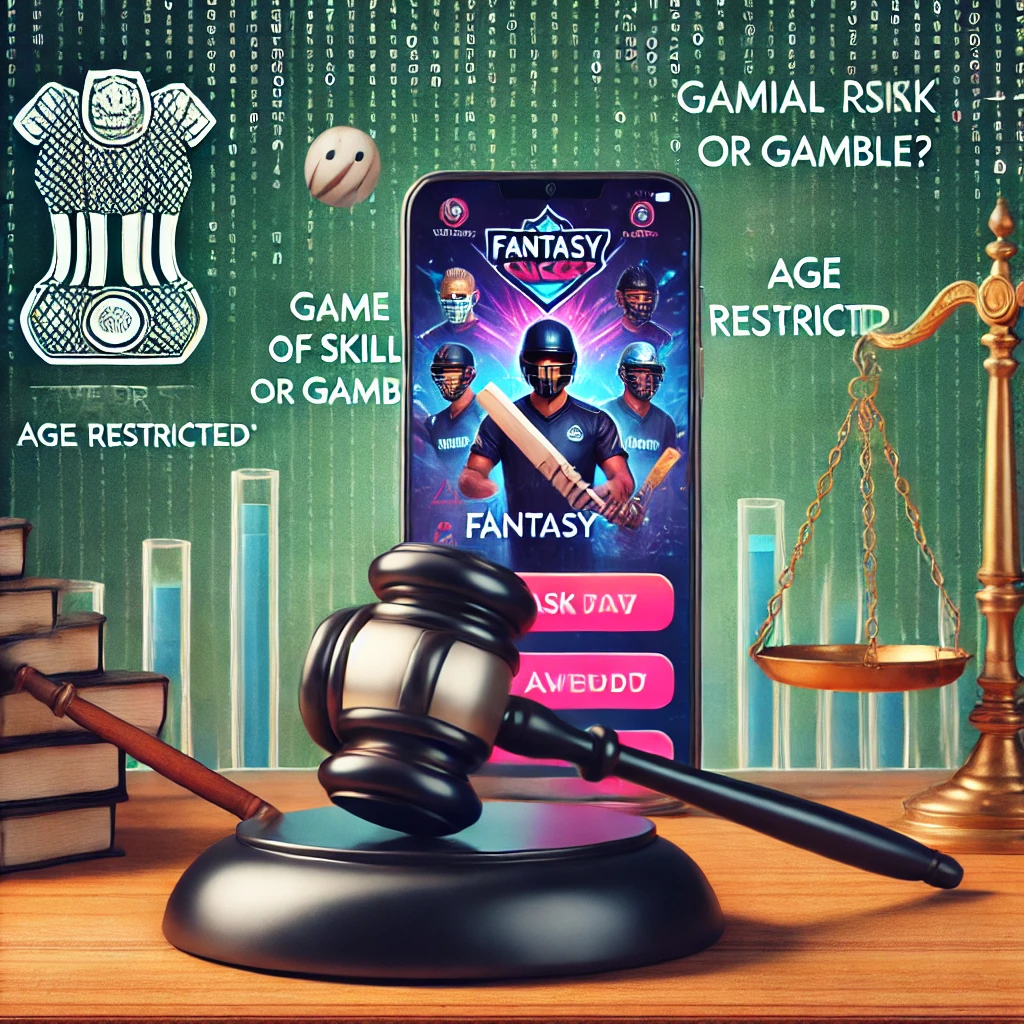Artist Credits under Entertainment Law
Artist Credits Under Entertainment Law
1. What are Artist Credits?
Artist credits refer to the acknowledgment of creative contributions by performers, creators, and other participants in entertainment works such as films, music, television shows, and theater.
Credits establish recognition, reputation, and sometimes legal rights (e.g., royalties, moral rights).
In entertainment law, disputes often arise over who should receive credit, how it should be displayed, and what legal remedies exist when credits are omitted or misstated.
2. Legal Framework Affecting Artist Credits
Copyright law protects the underlying works but not always the right to credits.
Contracts (e.g., recording agreements, film contracts) usually govern credits.
Union rules (e.g., SAG-AFTRA, Writers Guild) provide minimum credit standards.
Moral rights (in some jurisdictions) protect an artist’s right to attribution.
False attribution or omission of credits can lead to legal claims including:
Breach of contract
Right of publicity
Defamation
Violation of moral rights (mainly outside the U.S.)
3. Key Cases and Their Analysis
A. Cohen v. Paramount Pictures Corp. (1994)
Facts:
Screenwriter Allan Cohen claimed Paramount Pictures removed his credit from a film despite significant contributions.
Issue:
Whether the studio breached contractual obligations by omitting the agreed-upon credit.
Holding:
The court ruled that artist credits are contractual rights, and failure to credit a contributor as agreed constitutes a breach.
The court emphasized the importance of honoring written credit agreements.
Significance:
Reinforced that credits are legally enforceable contractual rights.
Studios must adhere to credit provisions in agreements or face liability.
B. Desny v. Wilder (1956)
Facts:
Writer Desny pitched a story idea to director Wilder and claimed he was promised credit and compensation.
Issue:
Whether an implied contract existed granting credit and compensation for the idea.
Holding:
The court recognized the concept of implied contract protecting a contributor’s rights even absent a written agreement.
Found sufficient evidence to proceed with claims based on the promise of credit and compensation.
Significance:
Early recognition that promises of credit can form the basis of contractual claims.
Emphasized protection for creative contributors in informal settings.
C. Gilliam v. American Broadcasting Companies (1976)
Facts:
Terry Gilliam and Monty Python sued ABC for editing and broadcasting their show without proper credit or in a distorted way.
Issue:
Whether broadcasting an edited version without proper credit violated contractual and moral rights.
Holding:
The court recognized the importance of maintaining the integrity of the original work and proper attribution.
While U.S. law does not strongly protect moral rights, courts emphasized the contractual importance of credit.
Significance:
Demonstrated the importance of artist credits in protecting creative integrity.
Highlighted tensions between editing rights and credit rights.
D. Shaw v. Shakespeare Co. (1990)
Facts:
A playwright sued a production company for failing to credit her as the author of a script.
Issue:
Whether the omission of author credits violated the contract and moral rights.
Holding:
The court held that under the Copyright Act’s Visual Artists Rights Act (VARA) (though passed in 1990, after this case, it influenced reasoning), the artist's right of attribution is protected.
Contractual obligations and moral rights prevent unauthorized omission of credits.
Significance:
Helped pave the way for recognizing moral rights in the U.S. (limited but growing).
Reinforced credit rights as both contractual and moral in nature.
E. Aalmuhammed v. Lee (1997)
Facts:
A writer-producer claimed he was denied proper screen credit on the film "Malcolm X."
Issue:
Whether the failure to provide credit violated the contractual agreement and the Writers Guild of America (WGA) credit arbitration decision.
Holding:
The court held that the WGA arbitration decision regarding screen credits is binding.
Breach of credit provisions in contracts can lead to damages.
Significance:
Established the enforceability of union arbitration decisions on credits.
Affirmed that industry standards and guild rules carry legal weight in credit disputes.
F. Rogers v. Koons (1992) — Not a direct artist credit case but relevant for attribution in visual arts
Facts:
Artist Koons used a copyrighted photograph in a sculpture without permission or credit.
Issue:
Whether Koons’ use violated copyright and artist rights.
Holding:
Court ruled for Rogers, emphasizing respect for original artists’ rights, including attribution.
Significance:
Although not directly about credits, this case underscores the importance of attributing creative originators in derivative works.
4. Summary of Key Legal Principles
| Legal Principle | Explanation |
|---|---|
| Contractual Right to Credit | Credits are generally governed by contracts; failing to provide agreed credits may be breach. |
| Implied Contracts | Promises or understandings, even if unwritten, can sometimes enforce credit rights. |
| Union and Guild Rules | Many entertainment guilds have arbitration and credit standards that are legally enforceable. |
| Moral Rights | Limited in the U.S. but protect against false attribution and omission under VARA and other laws. |
| Right of Publicity and Defamation | False or omitted credits can give rise to other claims like defamation or violation of publicity rights. |
5. Practical Implications
Contracts must clearly specify artist credits to avoid disputes.
Credits affect public reputation and future work opportunities.
Union contracts (e.g., SAG-AFTRA, WGA) provide mechanisms to resolve credit disputes.
Omission or false credits can result in costly litigation and damages.












0 comments